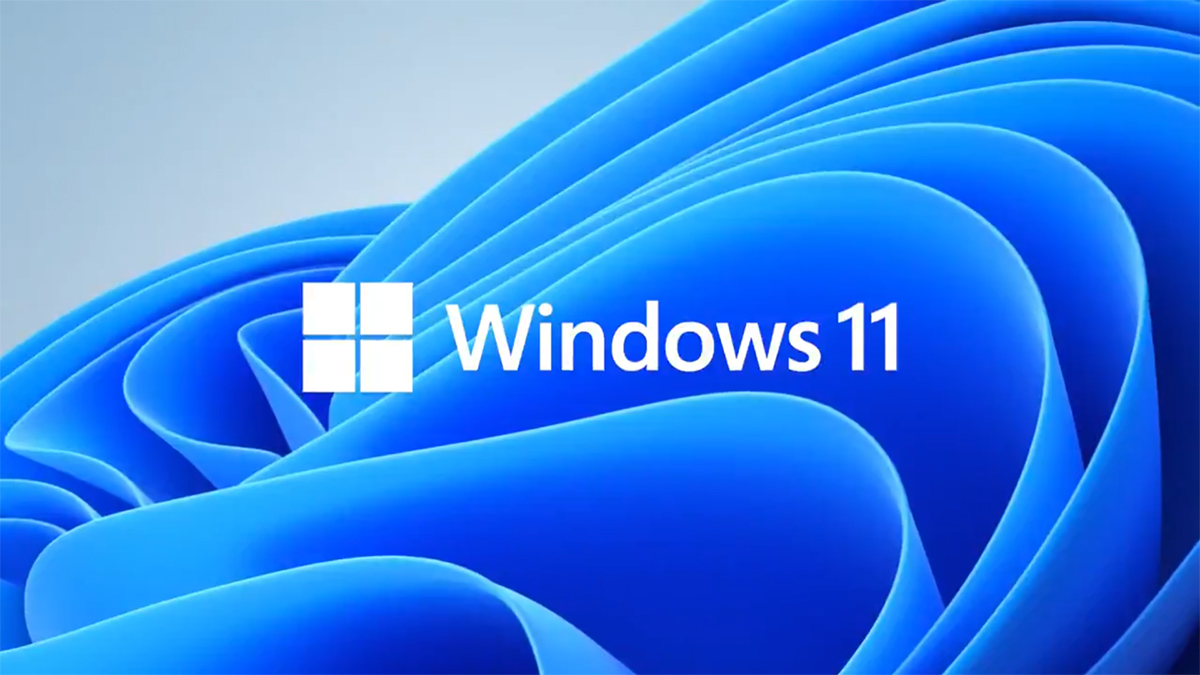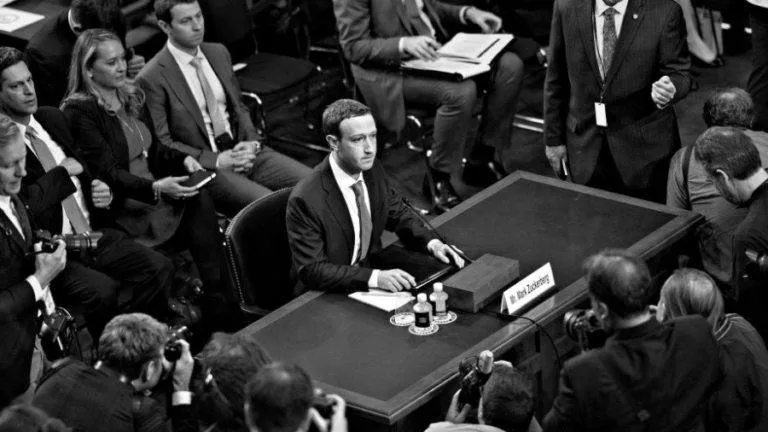Windows 11 Is Now Available For Download, Because It’s October 5

The long-awaited upgrade is out now and Microsoft has started the rollout of the new Windows 11 OS. As mentioned in the company’s blog posts, the original rollout was planned for October 5. But Microsoft changed its plans last minute.
Why Windows 11 came out early?
Microsoft announced that Windows 11 will start rolling out when the calendar hits October 5 in the U.S. But the company preponed it by saying that it’s already October 5 in multiple time zones across the globe. This list includes many Asian countries like India, Japan, South Korea, China, etc.
How to get Windows 11 on your device?
Windows 11 is also a free upgrade for users who already own a genuine copy of Windows 10. Here’s are some ways to install Windows 11 on your PC.
Via Windows Update
The Windows 11 update will automatically arrive on supported Windows 10 PCs. Go to Settings > Update & Security > Windows Update. Here, click on Check for Updates.
However, just like it happens every time, the update will be released in a phased manner. So, it might take a while before Windows 11 reaches your PC.
You can use the PC Health Check app and system requirements to know if your device is compatible. If not, you get a Windows 11 preinstalled laptop from various OEMs.
Via Media Creation Tool
If you want to perform a clean install, then you can also download the Windows 11 Media Creation Tool from Microsoft’s website and create a bootable USB media.
The website also provides options to download the ISO directly or use the Windows 11 Installation Assistant to make the process easier on your existing Windows 10 PC.
Also, this way you won’t have to wait for Microsoft to push the update to your device. But taking the other road might have other consequences given the company’s history of incompatible updates.
The announcement also coincides with the release of Google’s Android 12 OS, which is a big deal in the smartphone world.
Anyway, the new Windows version comes with some much-needed major UI upgrades over Windows 10 like the new Settings app, File Explorer, icons, Microsoft Store, etc.
Note: This post has been updated to add information and fix typos.






